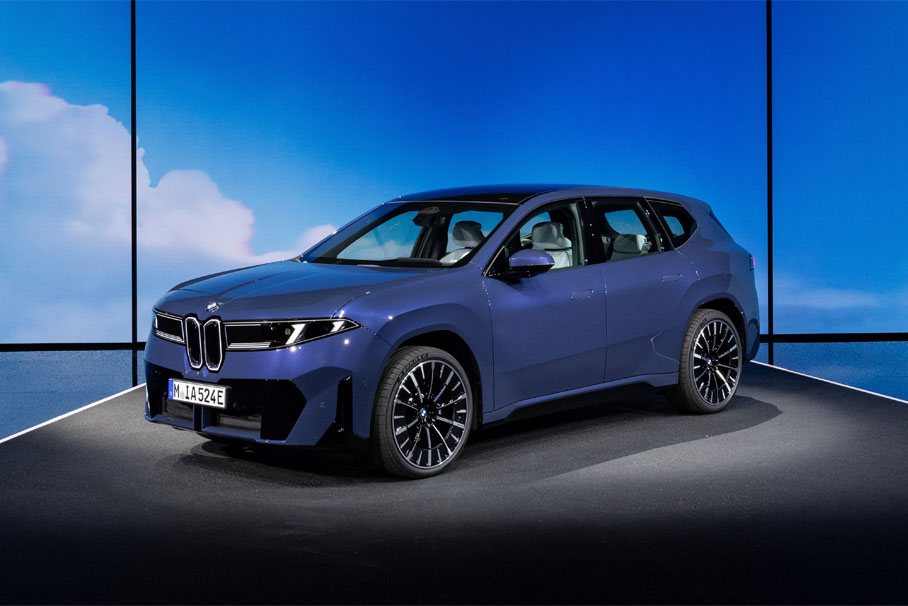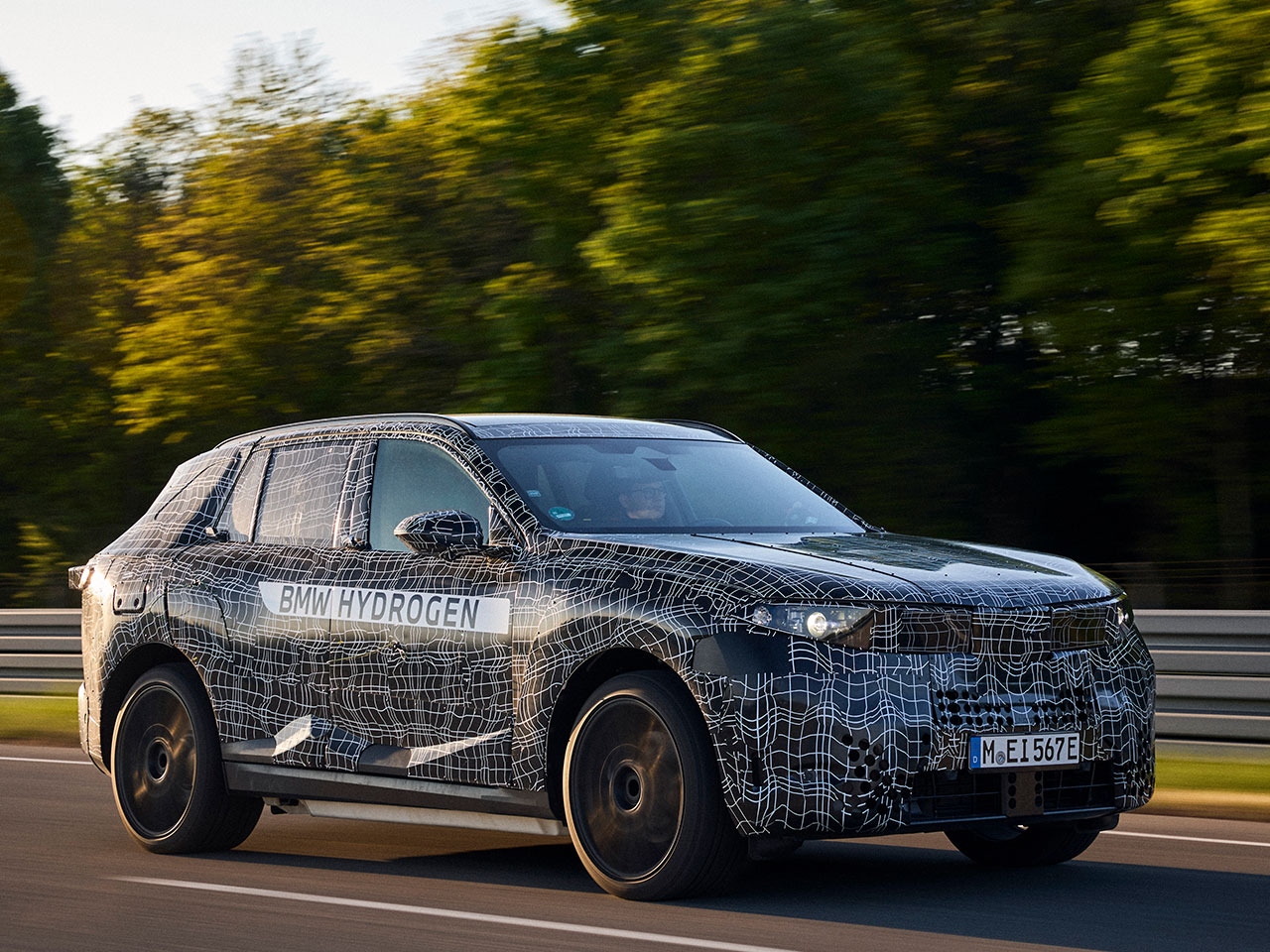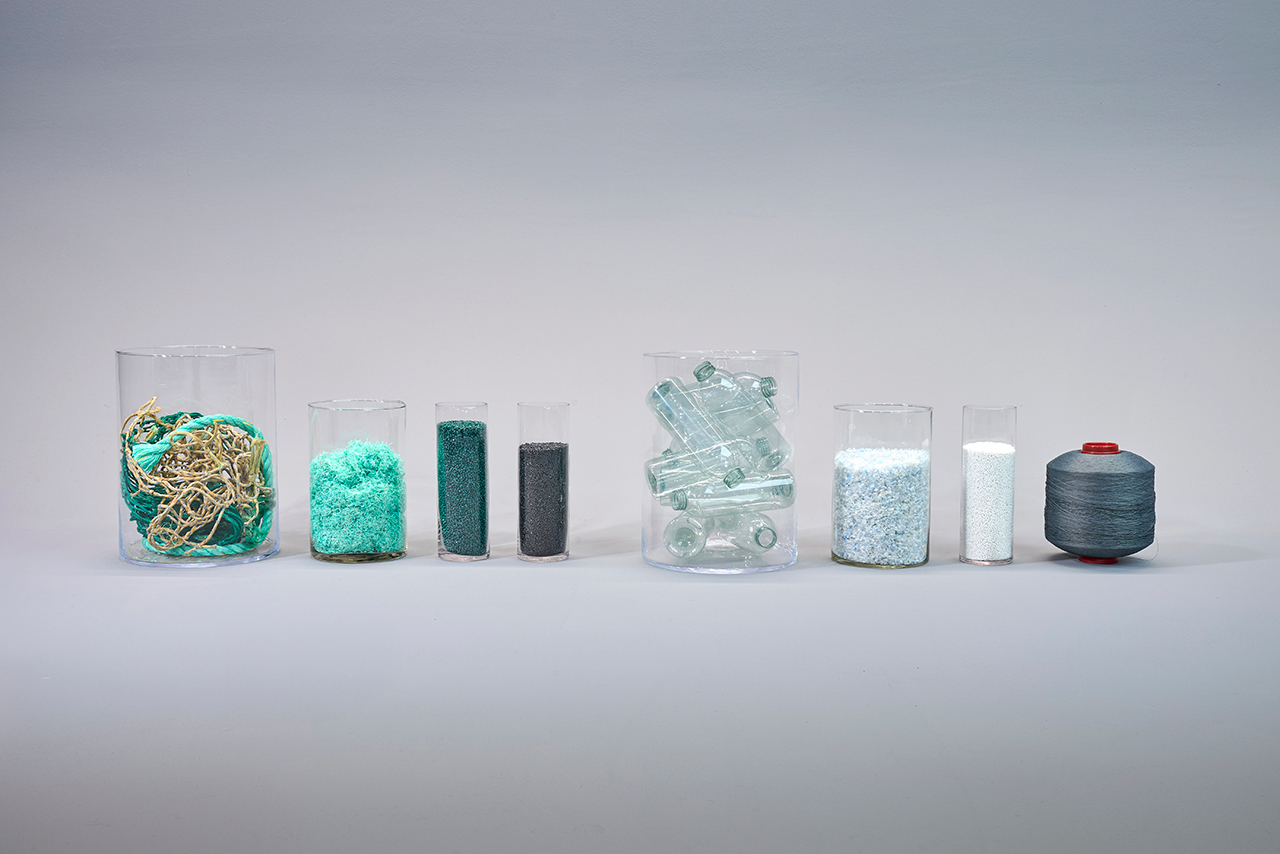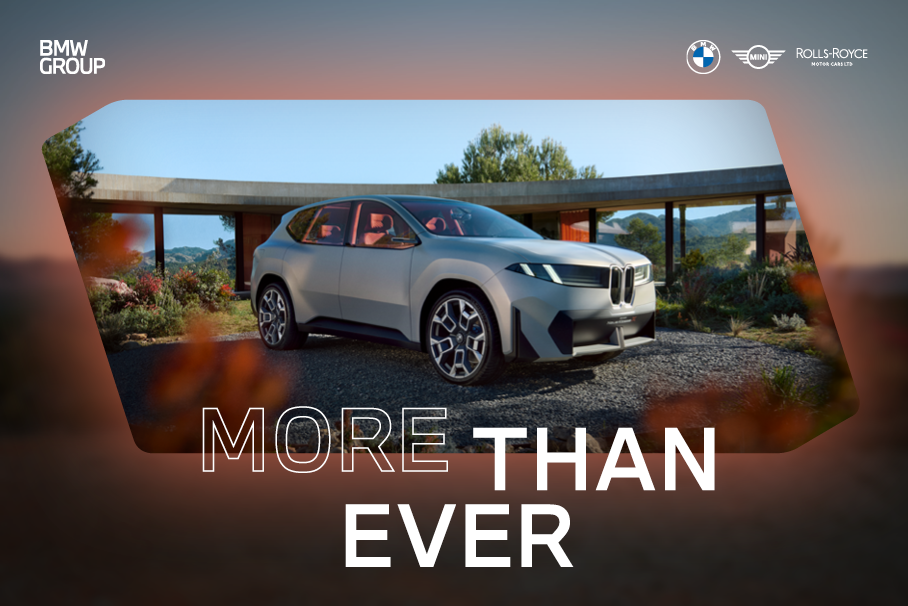Around 60% of the world’s population lives in cities and urban areas. This is where 70% of greenhouse gas emissions are generated. We can make the biggest contribution to climate protection in urban centres, which is why we, the BMW Group, are getting involved here. We are part of society and are therefore responsible for the sustainable development of our planet. We are aware that a transformation towards increased sustainable mobility is a process that we can only actively shape by collaborating with all the people whom it affects. That’s why we have been working on innovative mobility concepts together with municipalities, companies, politicians and scientists for almost 30 years.
We are involved in a multitude of initiatives that promote electromobility, make traffic safer and transport more efficient, and which rethink connectivity – always with the aim of improving the quality of life in cities and urban areas.
























